I have to say that when your throat is on fire, a good cough drop can save the moment!There is the issue of sugar when making these for we know too much sugar can suppress the immune system. We cannot live without glucose and our brains will actually seize up and die fast without it. I had to get okay with some quality sugary sweet products, seek quality sugars, and realize that it’s like water and the sun, too much will kill us. We still need them all, right? Sweetness is part of the chemistry of preserving the medicines we make and it just improves flavor for some situations. Here’s an easy recipe for honoring what White Pine can offer us when we have fiery throats, lots of mucus, and coughing from ailing lungs. Honey does not have the chemistry for this to work. I tried with poor results and hate cooking honey most of the time. I do have an old canning book that uses honey exclusively for making jams and they are delicious! Yes, you loose some of the benefits of raw honey but you never sacrifice flavor or health benefits. So let's visit White Pine for a moment. Many forget to tun to this tree when we have colds and flus. White pine is usually right outside or near, depending on where you live, and you can simply pinch the tips with much gratitude for her greenery in the winter! This tree has a strong mothering kind of energy when we are sick and needing help. Making tea for drinking or pouring into the bath are ancient practices available to us for addressing infections and flus deep in our respiratory system and for keeping mucus fluid and flowing outward. This is the body's way of healing itself. Decongestants dry us out and will only compound the problem of making mucus too thick to move and then the bacteria have a perfect world to thrive in and secondary infections begin, such as bronchitis, sinus, or ear infections. Think rest and fluid, rest and fluid. I added Thyme to this for I had so much from the summer abundance! Thyme is a fantastic immune supportive herb, is a potent bronchodilator, meaning opens airway passages for better air movement, and has much to offer for antimicrobial strength too. Why do you think it made it into our food so long ago? It was for these very reasons when we were without refrigeration and still learning about germs, right? These are a hit in my house and they're pretty easy to make and delicious too. Bringing the outside in and remembering that winter does end, so enjoy the now, is good medicine this time of year. White Pine in the belly works for me! Enjoy! xo-Jen Mama White Pine, Lemon & Thyme Cough DropsINGREDIENTS:
DIRECTIONS:
ElderMoon School of Herbal Medicine and Earth Awareness
0 Comments
So let's refine your ability to understand the language within the herbal world. It is an easy first step and you'll be glad you're able to discern as you engage the healing art of this medicine world. I'm dedicated to making it clear about the different ways to prepare herbs, fresh or dried, with water so that you can take them into your body either orally, as compresses on your skin, in soaks and steams , or in the bath. It is our oldest, most effective, and most widely used form of herbal medicine. "Herbal teas remain my favorite way of using herbs medicinally. The mere act of making tea and drinking it involves you in the healing process and, I suspect, awakens an innate ability for self-healing in the body. Though medicinal teas are generally not as potent as infusions, tinctures and other concentrated herbal remedies , they are the most effective medicines for chronic, long-term imbalances." -Rosemary GladstarI completely agree and there is no way to say it better. The whole idea of drinking herbal teas is to bath your cells at regular intervals (ie. 3x/day) with the healing properties of the plant. What are the healing properties? Well, they include not only the medicinal, active strong properties, but also nourishing properties to build a particular system up (such as minerals, vitamins), and buffer properties to soften the harshness that could cause unpleasant side effects, and catalysts to direct and energize the healing to where you need help. Yes, nature provides, and in an incredibly elegant way with a multitude of forms! The making of herbal tea is a fine art we humans have enjoyed for thousands of years. It is also, thankfully, incredibly simple. Even if you have never cooked and have no desire, you can do this. All you need is a heat safe quart jar with a tight-fitting lid, the herb(s), and water that has reached the boiling point. Make sure it is a canning jar or reused pickle jar so it doesn't crack with the hot water. Herbal teas can be drunk hot, at room temperature or iced. They’re delicious blended with a little fruit juice and frozen as pops for children who are sick. After brewing the 5-10 minute usual time, herbal teas should be stored in the refrigerator. Left at room temperature for several hours, it will go “flat,” get tiny bubbles in it and begin to sour. Stored in the refrigerator, an herbal tea will be good for three to four days. A cup of herbal tea is one thing. There is pleasure and healing with the 5-10 minutes soak of a tea bag or ball. However, medicinal teas or infusions by the cupful are very impractical and time consuming. What this translates to is one not making their herbal infusions correctly or often enough because it becomes time consuming. Then you stop taking what you need to take and the health issue you were working on deepens. Then your experience with herbal medicine is marred some. I do hear people say "it did nothing" and when we talk about what they actually did, it usually reveals some issues related to consistency and the strength of preparation. For larger quantities, make a quart of tea each morning or in the evening. The herb-to-water ratio varies depending on the quality of herbs used, whether they are fresh or dried and how strong you wish the finished tea to be.
|
Details
Jennifer Costa, Herbalist-RN, Teacher, Botanist BS, EM-CST, and Founder of ElderMoon School of Herbs & Earth MedicineCategories
All
Archives
January 2023
|
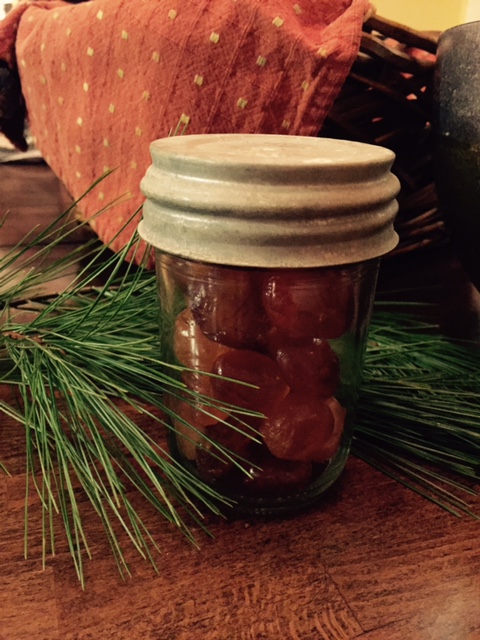

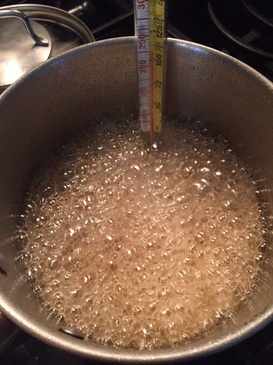
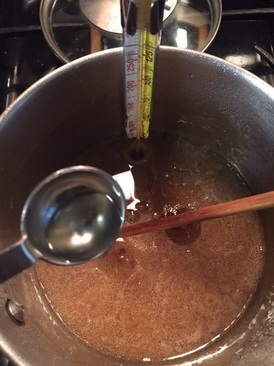
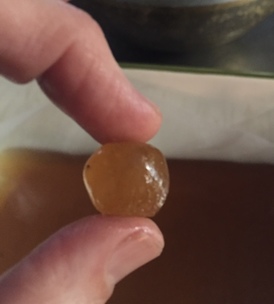
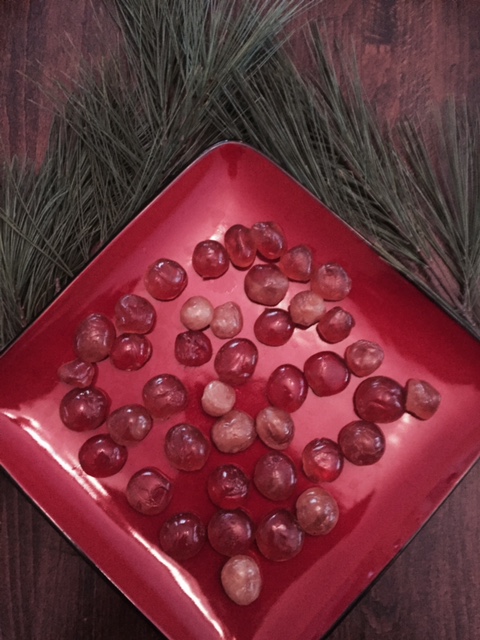
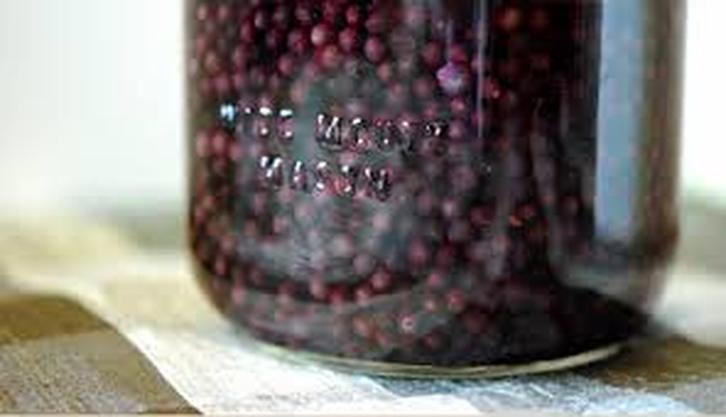
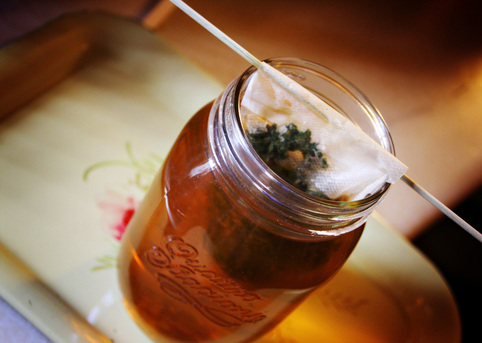
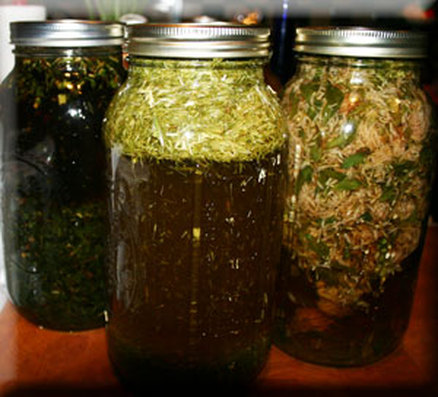
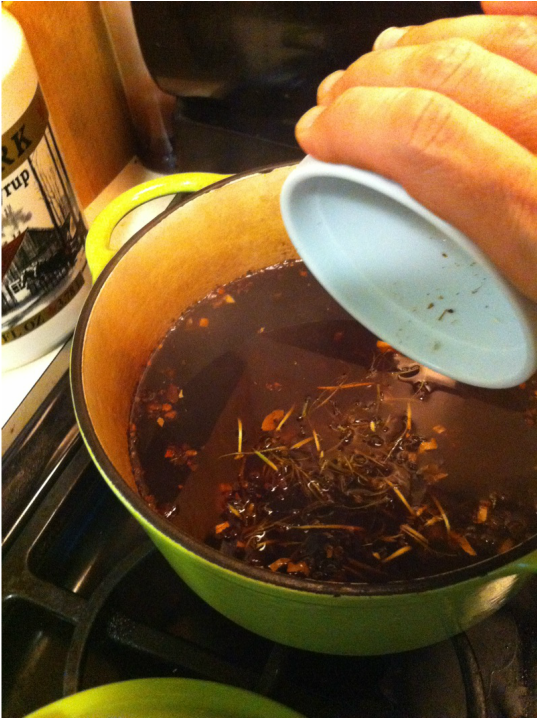
 RSS Feed
RSS Feed